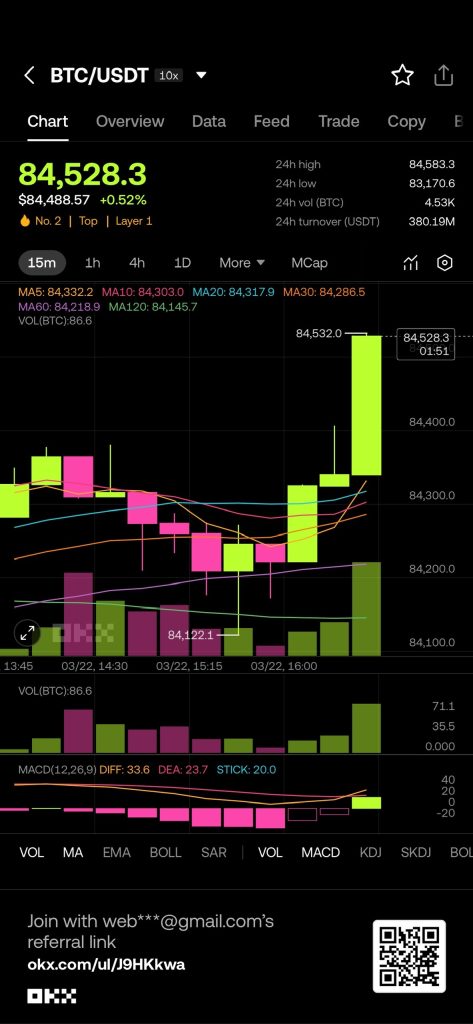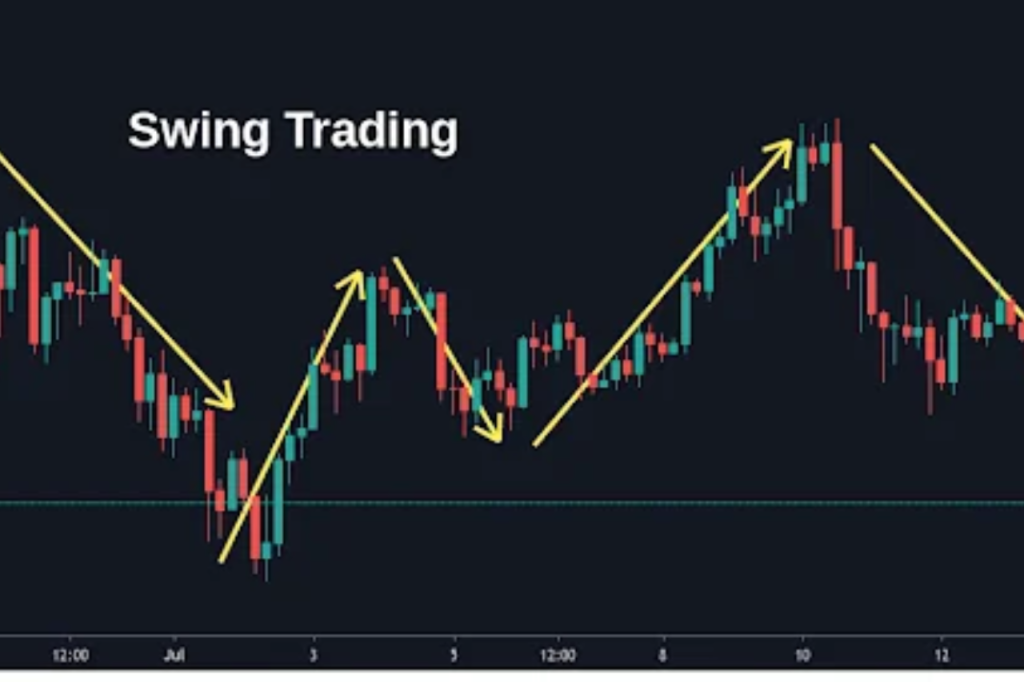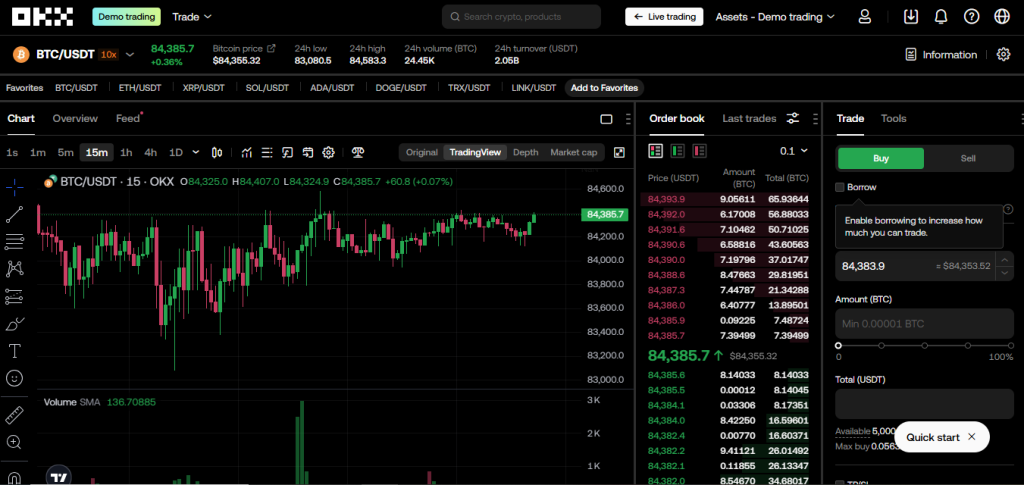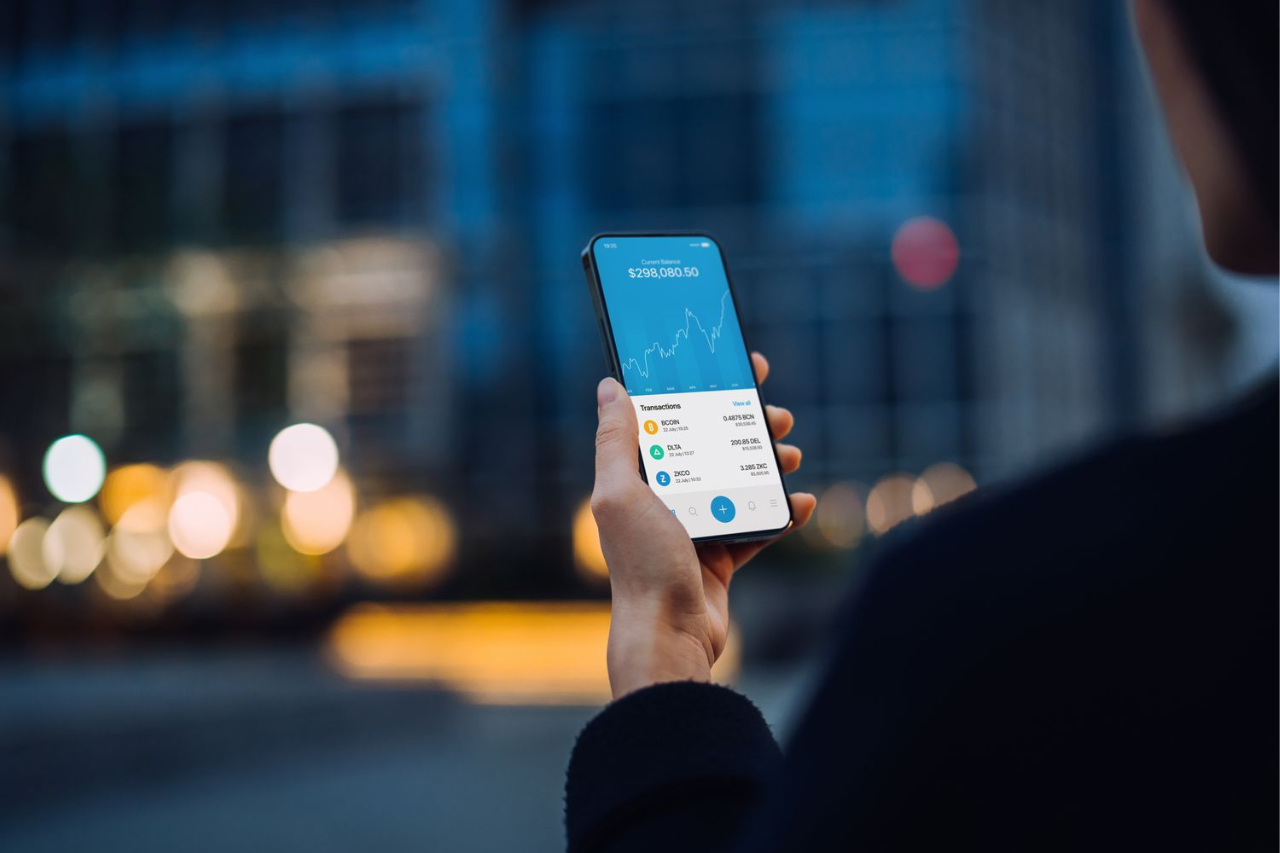Cryptocurrency trading has become an exciting way for students to earn money online. The good news is that you don’t need a degree or expensive courses to learn crypto trading. With self-study, patience, and practice, you can become a skilled trader.
In this guide, we’ll take you through everything you need to know to start your self-learning journey in crypto trading.
1. Understanding Crypto Basics
Before you start trading, it’s important to understand what cryptocurrency is and how it works.
What is Cryptocurrency?
A cryptocurrency is a digital asset that uses blockchain technology for secure transactions. Some popular cryptocurrencies include Bitcoin (BTC), Ethereum (ETH), and Pi Network (PI).

How Does Blockchain Work?
Blockchain is a decentralized ledger that records all transactions transparently and securely. Unlike traditional banking systems, no single entity controls blockchain transactions.
Read more: What is Blockchain Technology? (Investopedia)
Crypto Wallets: Storing Your Assets
A crypto wallet helps you store and manage your cryptocurrencies. There are two main types:
• Hot Wallets (Online Wallets) – Skrill, MetaMask, Trust Wallet (easier to access but riskier).
• Cold Wallets (Offline Wallets) – Hardware wallets like Ledger (more secure but less convenient).
Read more: How to Set Up a Skrill Wallet
Crypto Exchanges: Where to Buy & Trade
A crypto exchange is an online platform where you can buy, sell, and trade cryptocurrencies. Some popular exchanges include:
• OKX – Offers spot trading, futures trading, and demo trading for practice.
• Binance – A widely used exchange with various trading features.
• Coinbase – Beginner-friendly but with limited trading options.

2. Learning Different Trading Strategies
Once you understand the basics, the next step is to learn different trading strategies and choose the one that suits you best.
Common Trading Strategies
1. Day Trading – Buying and selling crypto within a single day. Requires quick decision-making.
2. Swing Trading – Holding assets for several days or weeks, aiming for medium-term gains.
3. Scalping – Making multiple quick trades for small profits. Ideal for experienced traders.
4. HODLing – Long-term holding of crypto, believing its value will rise over time.


3. Mastering Technical & Fundamental Analysis
To make profitable trades, you need to analyze market trends using two key methods:
Technical Analysis (TA)
TA involves reading price charts and using indicators like:
• Moving Averages (MA): Identifies price trends.
• Relative Strength Index (RSI): Determines if an asset is overbought or oversold.
• MACD (Moving Average Convergence Divergence): Shows momentum shifts.

Learn More: How to Use RSI for Crypto Trading
Fundamental Analysis (FA)
FA focuses on evaluating a crypto project’s potential by analyzing:
• News & Market Trends – Regulatory changes, major partnerships, etc.
• Whitepapers & Roadmaps – The project’s vision and future plans.
• Developer Activity – A strong development team increases credibility.
Read more: How to Analyze Crypto Market Trends for Profitable Trades

4. Practicing with Demo Trading
Many exchanges, like OKX, offer demo trading accounts that allow you to practice trading without using real money.
Why Use a Demo Account?





5. Following Market Trends & News
Staying updated on market trends is essential to making informed trading decisions.
Best Sources for Crypto News
• CoinMarketCap & CoinGecko – Track crypto prices and trends.
• Twitter (X) & Reddit – Follow crypto influencers and discussions.
• Crypto News Websites – CoinTelegraph, Decrypt, and CryptoSlate provide up-to-date news.
Check Live Price: CoinMarketCap

6. Joining Crypto Trading Communities
Learning from experienced traders can speed up your learning process. Joining online communities allows you to:



Top Crypto Trading Communities
• FB Crypto Trade for Students (Join the Discussion).
• Reddit (r/cryptocurrency, r/Bitcoin, r/altcointrading).
• Telegram & Discord Trading Groups.

7. Starting with Small Investments
Once you’re confident with demo trading, you can start trading with real money—but start small to minimize risk only 50 Dollars.
Risk Management Tips




Read More: Risk Management in Crypto Trading: A Guide for Students
Final Thoughts: Can You Learn Crypto Trading by Self-Study?
Absolutely! Many successful traders have learned on their own through research, practice, and experience. By following this guide and using the right resources, you can develop the skills needed to trade confidently.
Your Self-Study Checklist 










